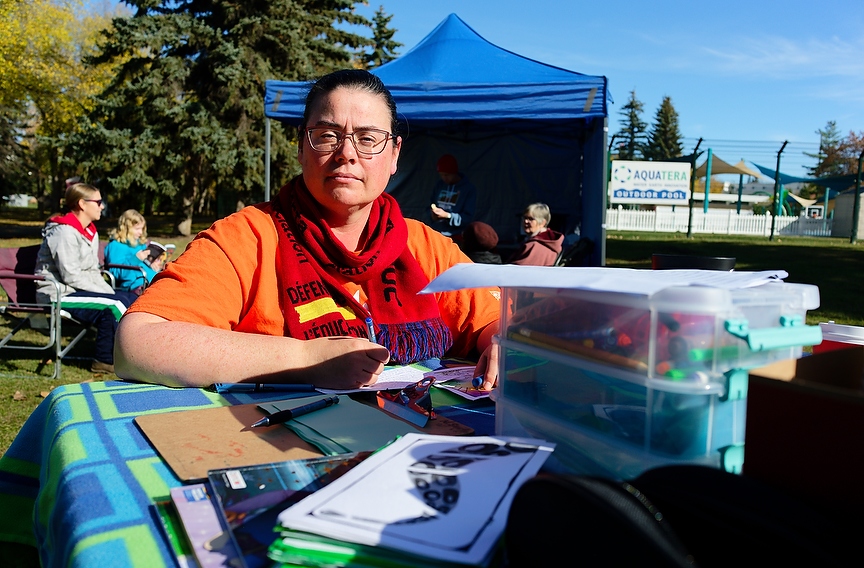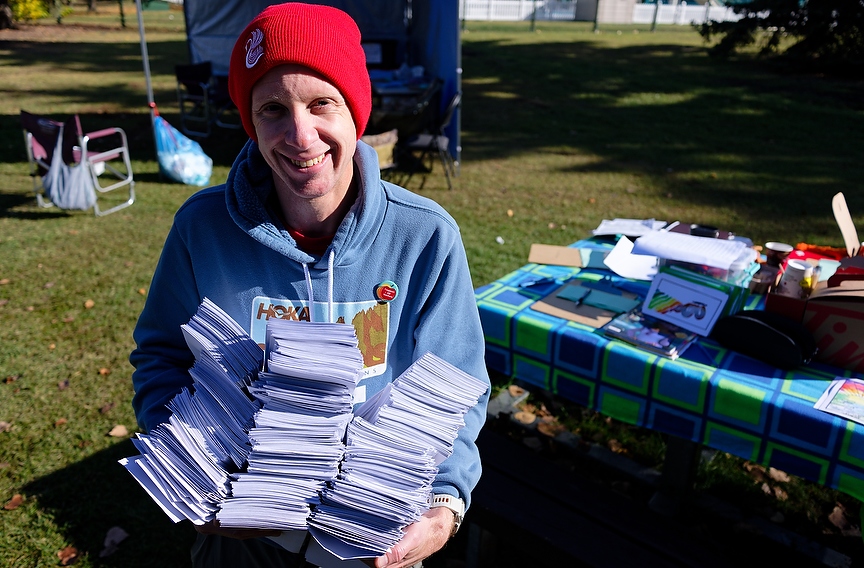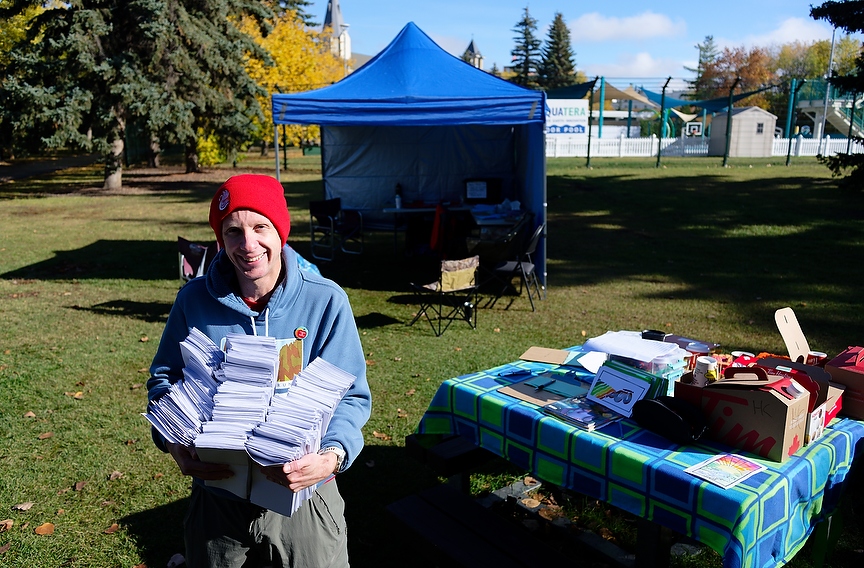
Classrooms sat empty on Monday as the provincewide teacher strike took effect.
Growing class sizes, dwindling support and resources in the classroom, and government policies are among key concerns, according to the Alberta Teachers Association (ATA).
“We’ve juggled overcrowded classrooms, added workload and government policies that were made without listening to the professionals who do this work every day. Still, we’ve shown up,” said Jason Schilling, ATA President.
A lockout notice was issued by the Teachers' Employer Bargaining Association on Monday afternoon, which will take effect on Thursday.
“The government’s lockout was expected, as it’s a response to teachers going on strike,” said Schilling.
He said the ATA and government officials are still in talks.
Teachers rejected a memorandum of agreement by 89.5 per cent vote on Sept. 29.
“The proposed agreement failed to meet the needs of teachers, failed to improve student classroom conditions in a concrete and meaningful way, and failed to show teachers the respect they deserve,” said Schilling.

Grande Prairie teachers
In Grande Prairie, some teachers and their supporters gathered in Muskoseepi Park to write letters to Grande Prairie MLA Nolan Dyck on Monday.
“Things are broken, teachers are on strike, and nobody wants to be in this position, so we're hoping to get talking again, especially in our community, where we know that people care,” said Jason Smith, a local teacher and organizer of the letter-writing campaign.
Smith had gathered about 1,000 handwritten letters by noon on Monday. He said he needed to do something purposeful to serve his students even though he wasn’t in his classroom.

A Grande Prairie Grade 4 teacher - who asked only to be identified as Dawn - wrote to Dyck.
She said she has observed students struggling in her classroom with being compassionate, patient, and staying focused. She often feels as though she is managing situations among students rather than teaching lessons.
“My job has become harder every progressive year,” she said.
This year her class has about 27 students, one is non-verbal and has a part-time educational assistant, three students with ADHD, two with learning delays, and about seven who have difficulties staying focused. She noted the circumstances can disturb learning of their classmates.
“I don't have time to do all of the things I am asked to do in my classroom, and I go home feeling like somehow it's my fault that I couldn't meet all their needs,” Dawn told the News.
She also notes that the implementation of a new curriculum adds to the workload of teachers, and few resources are available to help teachers implement it.
“I have had such a complex classroom over the last 17 years, but it has gotten more and more complicated, especially starting at the pandemic,” she wrote to Dyck.
Her letter ends with, “We need help. Our kids need help.”
On Tuesday, Smith walked from the city centre to Clairmont at Nolan Dyck's office to deliver over 1,000 handwritten letters from the community.